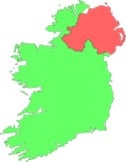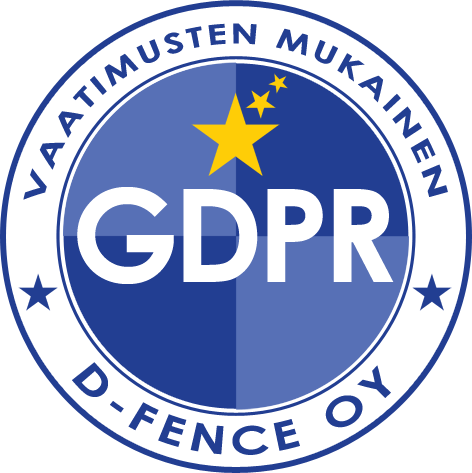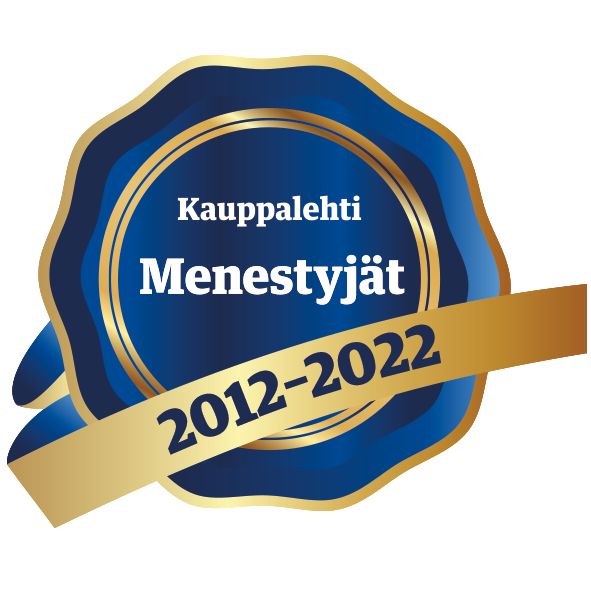The 17th of March marks St Patrick’s Day, traditionally the day of the death of St Patrick (c. AD 385–461), the patron saint of Ireland. However, this day celebrates far more than an ancient saint. The day has evolved into a celebration of Ireland and its culture. Furthermore, Ireland has developed an ever increasingly important role in the English-speaking world, in the EU, and in international business.
The role of the English-speaking island
The departure of the UK from the European Union on January the 31st 2020 means that only two English-speaking nations remain in the EU: The Republic of Ireland and Malta. The Republic of Ireland is by far the largest in population, with 4.83 million inhabitants to Malta’s 0.5 million, and Irish English will now play a leading official role in the EU’s English communications as will Irish citizens. Ireland has also developed as an attractive business-friendly environment for multi-national corporations due to its English-speaking status and favourable business taxation. Google, Facebook, Microsoft, Twitter, AirBnB, Linkedin, - these and many more have chosen Ireland as their European headquarters. The departure of the UK from the EU has further strengthened Ireland’s position and many financial institutions have moved operations from London to Dublin. Major players such as Lloyd’s Bank, JP Morgan, Barclays Bank, and Bank of America have already moved headquarters across the Irish sea and more are sure to follow. Ireland is certain to play an outsize role in European business and foreign affairs for many years to come.
Briefly about the historical background
The Republic of Ireland is geographically one of the smaller countries of Europe. The island of Ireland, comprising both the Republic of Ireland and Northern Ireland (part of the UK), is at 84, 421 km² just one quarter of the size of Finland. The island of Ireland is historically divided into 32 counties. Upon independence from Britain in 1918, 26 of those counties (predominantly Catholic and pro-independence) formed the new state of the Republic of Ireland. The 6 remaining counties (predominantly Ulster Scots-Irish Protestants opposed to independence) stayed under British rule. Of course, in practice the division was never that simple. It left hundreds of thousands of predominantly Catholic pro-independence supporters (known as Republicans) under Protestant pro-British (known as Loyalist) rule. This led to prolonged civil strife in Northern Ireland, which was euphemistically known as “the Troubles”. This conflict was mainly ended by the Good Friday peace agreement signed by both Republicans and Loyalists on the 10th of April 1998. The question of Irish re-unification is still current, but fortunately it is now a political rather than a physical clash.
Of course, in practice the division was never that simple. It left hundreds of thousands of predominantly Catholic pro-independence supporters (known as Republicans) under Protestant pro-British (known as Loyalist) rule. This led to prolonged civil strife in Northern Ireland, which was euphemistically known as “the Troubles”. This conflict was mainly ended by the Good Friday peace agreement signed by both Republicans and Loyalists on the 10th of April 1998. The question of Irish re-unification is still current, but fortunately it is now a political rather than a physical clash.
Emigration from Ireland in the 19th century
From its pubs, to its music, to its humour, Ireland is a country whose influence seems to far outweigh its role as a small island of 6 million on the edge of the Atlantic. The reason for Ireland’s outsize influence is the large Irish diaspora. For every Irish person in Ireland today there 15 other people with Irish roots around the world.
This mass emigration principally took place in the 19th century and was driven by harsh economic conditions. Most notable and terrible of which was the potato famine of 1845. From a population of around 8 million, a million died, a million emigrated, and even today the Irish population has still to regain its pre-famine level.
It is estimated that over 80 million people today are of Irish ancestry, including 36 million Americans. Saint Patrick’s Day is a national holiday not only in the Republic of Ireland, and Northern Ireland, but in Newfoundland and Labrador in Canada, as well as on the Caribbean island of Monserrat. It is marked with parades in over 50 countries and is the most widely celebrated national day in the world. The Irish truly do get everywhere.
St Patrick´s Day
In modern times the day has developed as a celebration of Irish identity. Ireland is known as “the Emerald Isle” due to its lush rolling countryside, and the green on its flag symbolises this. Thus, on St Patrick’s Day the colour green is everywhere – the clothes, the banners, the food. Rivers are dyed green, such as the Liffey in Dublin, or the Hudson in New York. In recent times on St Patrick’s day buildings have been lit up in green across the world, from Buenos Aires to Sydney.
The other classic tropes of St Patrick’s Day are shamrocks (a much-loved Irish plant), leprechauns (much-loved Irish elves), and heavy drinking (a much-loved Irish and non-Irish pastime).
Due to the worldwide popularity of Irish pubs - even North Korea is not free of them - you are never far from a St Patrick’s Day celebration.
So, this March 17th feel free to indulge and have a very happy St Patrick’s Day.
More of Claire´s blogs here.




